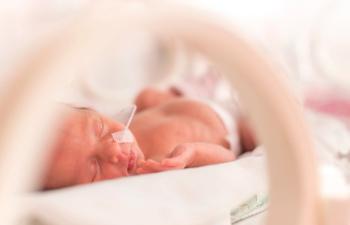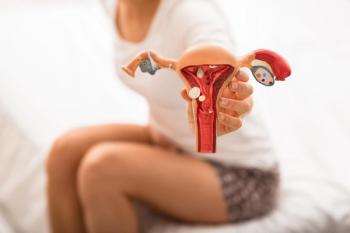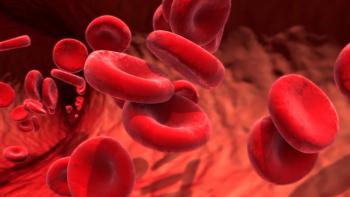
ART increases cerebral palsy risk
In a recent study, cerebral palsy was seen significantly more often in children born from assisted reproductive technology than those naturally conceived.
According to a recent study published in Acta Obstetricia et Gynecologica Scandinavica, children born from assisted reproductive technology (ART) are twice as likely to develop cerebral palsy as those naturally conceived.
Investigators conducted a study to evaluate the association between ART use and cerebral palsy risk, prevalence, and clinical characteristics. Data on all liveborn children from 2002 to 2015 was obtained from the Medical Birth Registry of Norway. As of December 31, 2022, this registry is connected to the Norwegian Quality and Surveillance Registry for Cerebral Palsy.
Cerebral palsy was calculated per 1000 livebirths using logistic regression analyses. This rate was calculated for births following ART and natural contraception separately, with births from natural contraception used as a reference.
Birth year was included as a covariate, and odd rations (ORs) were adjusted for potential cofounders with 95% confidence intervals (CI). Clinical characteristics were compared based on descriptive statistics.
There were 833,645 livebirths, of which 23,645 occurred following ART use. Of children born after ART use, 97 received a diagnosis for cerebral palsy. This was measured as a cerebral palsy rate after ART of 4.1 per 1000 livebirths, with a 95% CI of 3.36 to 5.00.
Cerebral palsy prevalence decreased from 7.79 per 1000 livebirths in 2002 to 3.55 per 1000 livebirths in 2015. When compared to children conceived naturally, the OR of cerebral palsy among children born after ART use was 2.01. This was adjusted based on maternal age at birth, parity, and pre-pregnancy health.
The adjusted AR for cerebral palsy in singleton births only was 1.13. Significant differences in cerebral palsy subtypes, severity of gross and fine motor function, and associated impairments were not observed between the ART group and natural conception group.
Overall, these results indicated significantly increased risks of developing cerebral palsy in children born from ART compared to those naturally conceived. However, since clinical characteristics did not differ between groups, investigators concluded risk factors and causes of cerebral palsy are similar between these conception methods.
Reference
Carlsen H, Vik T, Andersen GL.Cerebral palsy in children born after assisted reproductive technology in Norway: Risk, prevalence, and clinical characteristics. Acta Obstet Gynecol Scand. 2023. doi:10.1111/aogs.14663
Newsletter
Get the latest clinical updates, case studies, and expert commentary in obstetric and gynecologic care. Sign up now to stay informed.










